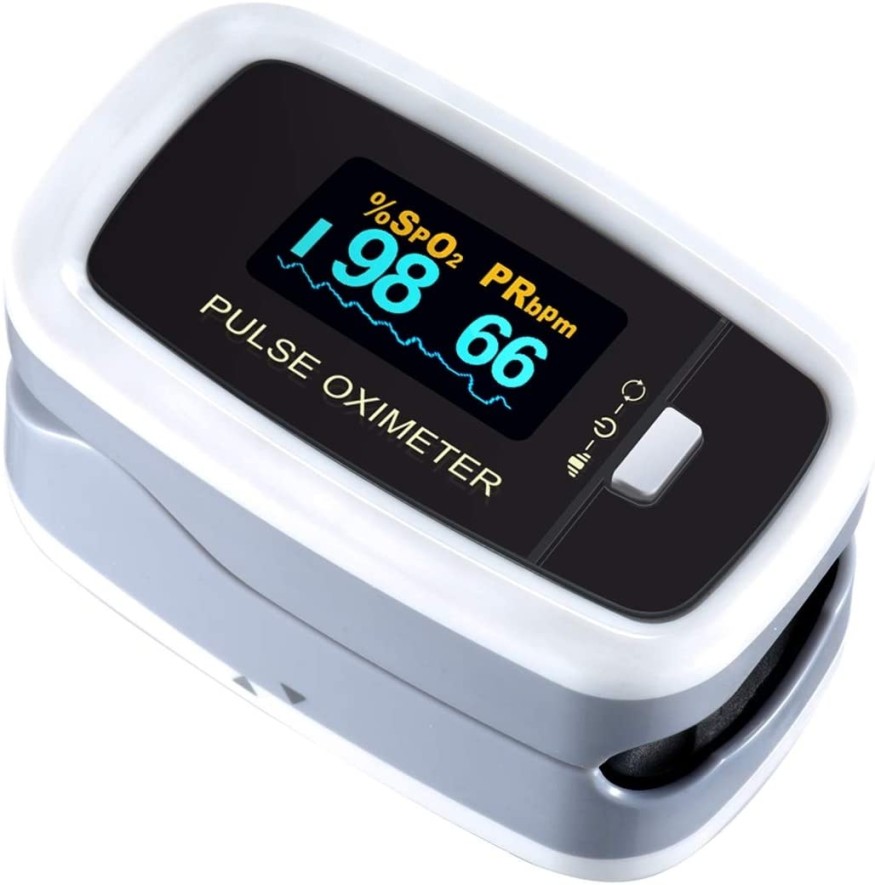
Some patients at the Bellevue Hospital in New York City are in critical condition because of silent hypoxia.
Hypoxemia is a type of oxygen deprivation in the blood that causes hypoxia. Coronavirus Disease (COVID) pneumonia causes silent hypoxia, which can "lead to low oxygen levels in the tissues, resulting in organ damage and - in some cases - death," according to Dr. Levitan.
It is silent because some patients did not know that they had hypoxia until they were at the hospital. In his opinion editorial in the New York Times, he said patients, "Their pneumonia had clearly been going on for days, but by the time they felt they had to go to the hospital, they were often already in critical condition."
According to the editorial The Infection That's Silently Killing Coronavirus Patients, "Normally, patients develop chest discomfort, pain with breathing and other breathing problems." This wasn't the case with the patients because they did not report any breathing problems, even though they had diffuse pneumonia and below-average oxygen levels.
With COVID pneumonia, patients do not have shortness of breath even if their oxygen levels keep going down. "And by the time they do, they have alarmingly low oxygen levels and moderate-to-severe pneumonia," Dr. Levitan continued.
The normal oxygen saturation is from 94 to 100 percent. For patients with COVID pneumonia, oxygen can be as low as 50 percent.
An ounce of prevention is better than a pound of cure
Dr. Levitan is an emergency medicine practitioner who volunteered at the hospital for 10 days. He recommends monitoring patients with COVID pneumonia with a pulse oximeter. It will measure any change to their oxygen levels, which can save their life.
According to the Daily Mail, a pulse oximeter "a small clip device that can be attached to a part of the body, such as a finger or earlobe, to measure oxygen levels in the blood." It can be used to measure the blood oxygen levels of people with asthma, congenital heart defects, and pneumonia.
A pulse oximeter works by passing beams of light through the blood. This will measure any change in the light absorption of oxygenated and deoxygenated blood.
Pulse oximeters are available at local pharmacies and online stores, such as Amazon and eBay.
Dr. Levitan noticed patients with COVID pneumonia were breathing fast and looked distress-free. It was radically different for people with other conditions. "Patients requiring intubation because of acute hypoxia are often unconscious or using every muscle they can to take a breath. They are in extreme duress," Dr. Levitan said.
Proven and tested
Aria Bendix from Business Insider had a searing pain in her rib cage and difficulty breathing. When she went to the hospital, an ER doctor measured the level of oxygen in her blood using a pulse oximeter.
"Earlier that day, a doctor informed me that I almost certainly had COVID-19. My breathing was heavy, and I was having trouble finishing a sentence without gasping for air," Bendix said.
Her symptoms didn't warrant hospitalization so she wasn't tested for the virus. Although it left her "with a four-figure bill," her saving grace didn't cost that much.
When one of her friends bought the oximeter, she used it whenever her condition woke her up. "Whenever I woke up in the middle of the night struggling to breathe, I could roll over, clip the tool to my finger, press a button, and immediately check my oxygen levels. It gave me invaluable peace of mind," Bendix said.
"Pulse oximeters helped save the lives of two emergency physicians I know, alerting them early on to the need for treatment," Dr. Levitan said. It gave them enough time to go to the hospital, where they ultimately recovered.
© 2025 ScienceTimes.com All rights reserved. Do not reproduce without permission. The window to the world of Science Times.












